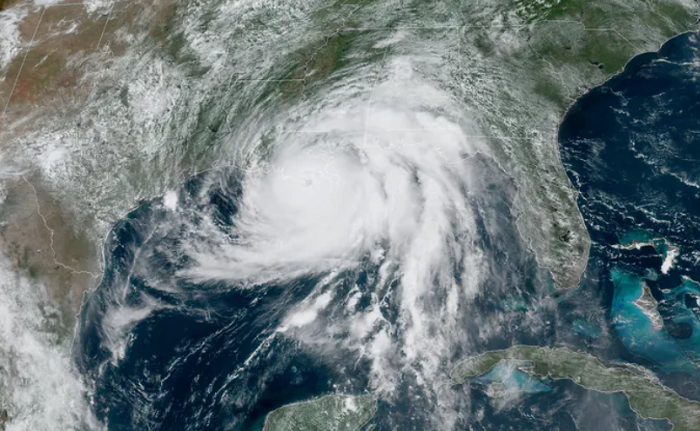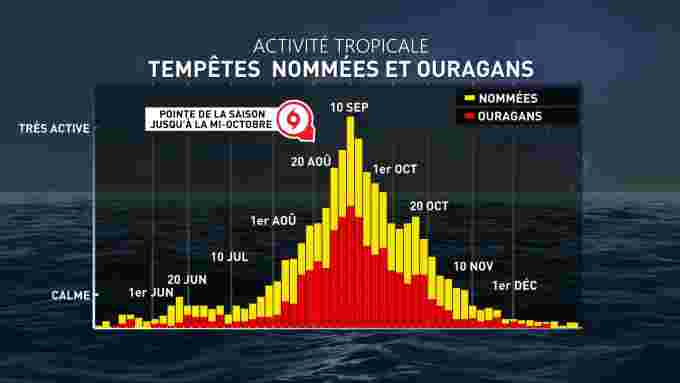
In short:
- the dead calm of the Atlantic Ocean;
- The first hurricane arrived late compared to the average;
- Action may resume soon/.
In the past seven years, the first tropical storm in the Atlantic basin appeared on June 1, before the season officially opened. This flurry of events has helped set the tone for a sluggish season so far. In fact, the first system of 2022, Alex, arrived a few days after the official date, on June 5. Subsequently, Bonnie trained on July 1 and Colin followed the next day.
Since then, radio silence across the Atlantic. No system has been developed that is powerful enough to name. One of the factors that explains this lull is the sand from the Sahara that comes to keep the spokes in the cycles of tropical activity.
For the first time since 1982, the Atlantic Ocean experienced no named storms between July 3 (after Colin) and August 26. By comparison, fewer than nine hurricanes formed on the same date last year. One of them, Ida, also developed into the strongest hurricane to make landfall in the southern United States since Katrina in 2005.
In spite of favorable circumstances..
It was a bit strange as the occasion was ideal for the active season. The presence of La Niña, a cold water anomaly in the Pacific, often significantly increases tropical activity. Although this phenomenon still exists, it is not enough to see storms worthy of the name.
The basin therefore accumulates with some delay: on average, the first hurricane occurs on August 11th. It usually takes until September 1 to see the first major hurricane of Category 3 or higher on the Saffir-Simpson scale. At present, there are no indications of reaching this limit.
The climax is approaching
However, the situation can change quickly. The most active period for hurricanes is approaching: usually peaking in early September. Water temperatures in the equatorial Atlantic basin are then warmest. Winds are also relatively calm due to the small difference between the air masses. This scenario means that there is less shear, the component that hinders the formation of tropical cyclones. La Nina will also contribute to higher activity in the coming weeks.
Currently two zones are to be monitored on the South American side. Development of tropical activities cannot be ruled out, which may breathe new life into the season. The situation will be closely monitored in the next few days.
NOAA is still predicting a very active season, with between 14 and 20 systems named by the end of November. Of these, six could become hurricanes and between three and five storms could even reach the major threshold.







More Stories
Allegations of corruption Qatar warns of ‘negative impact’ of European measures
USA: Famous “Hollywood cat” euthanized in Los Angeles
The campaigner who called for the shooting of Ukrainian children has not been charged